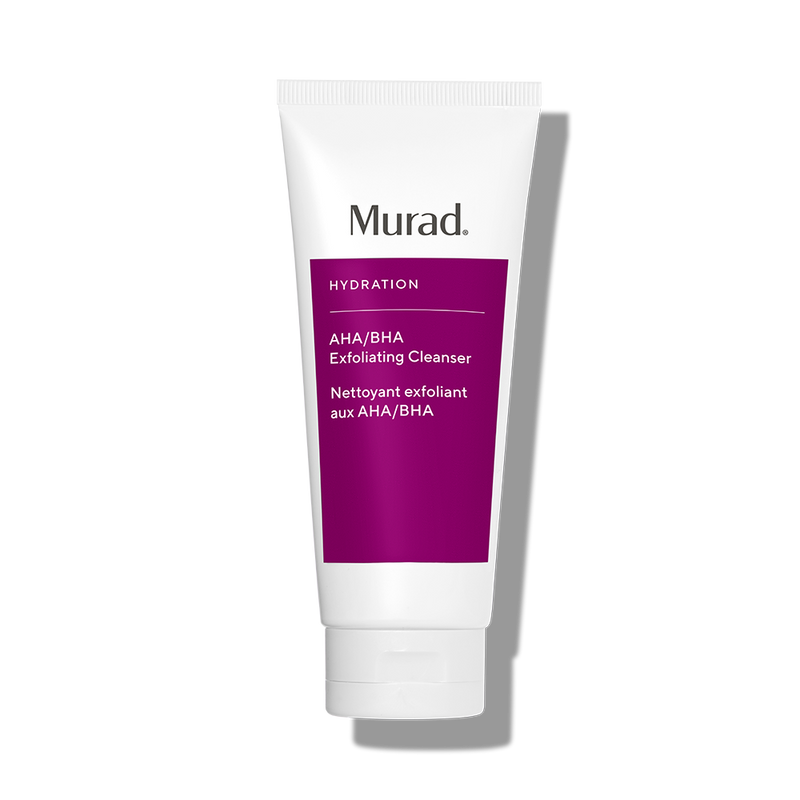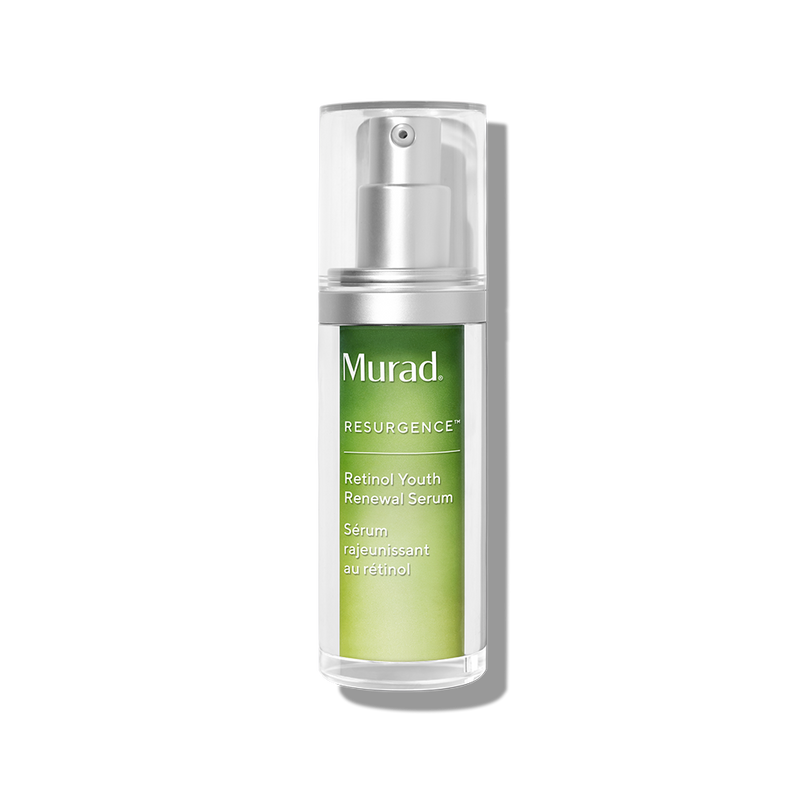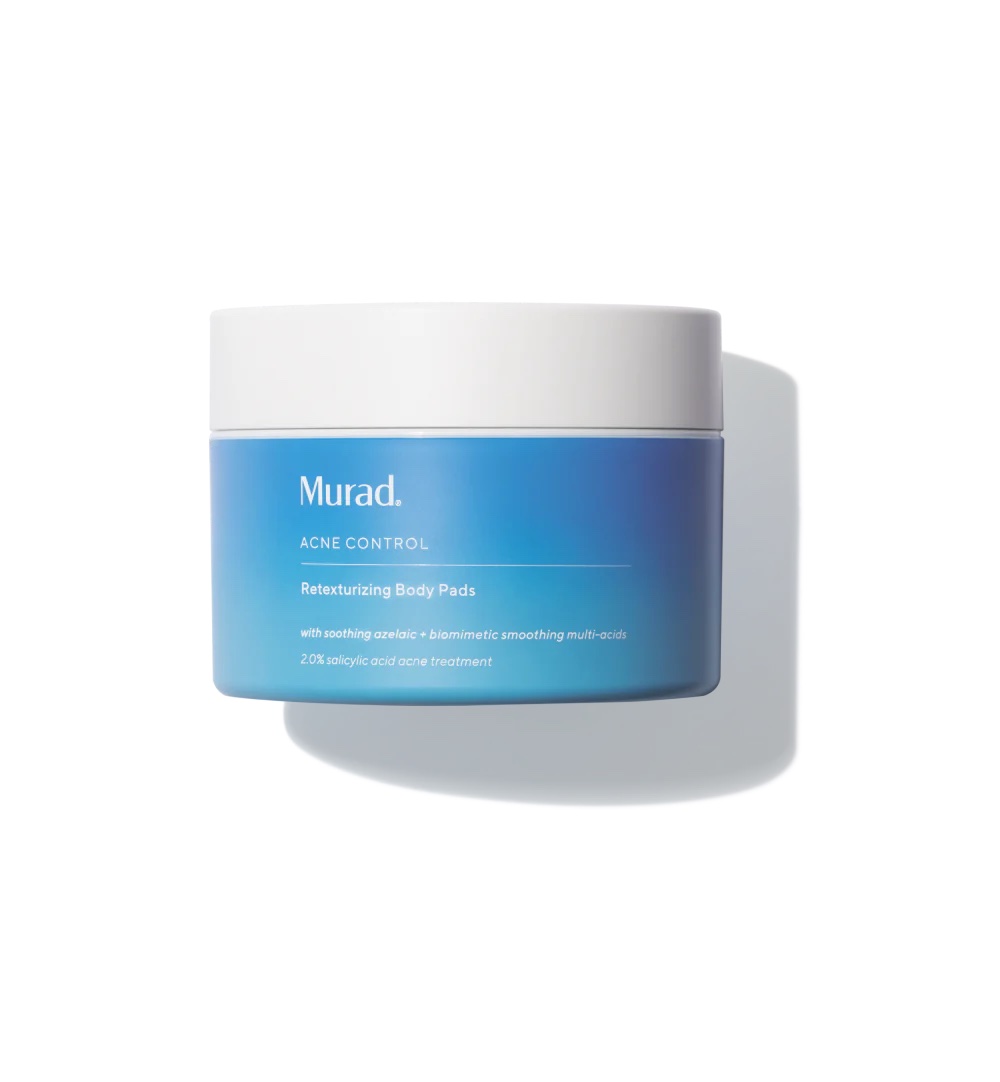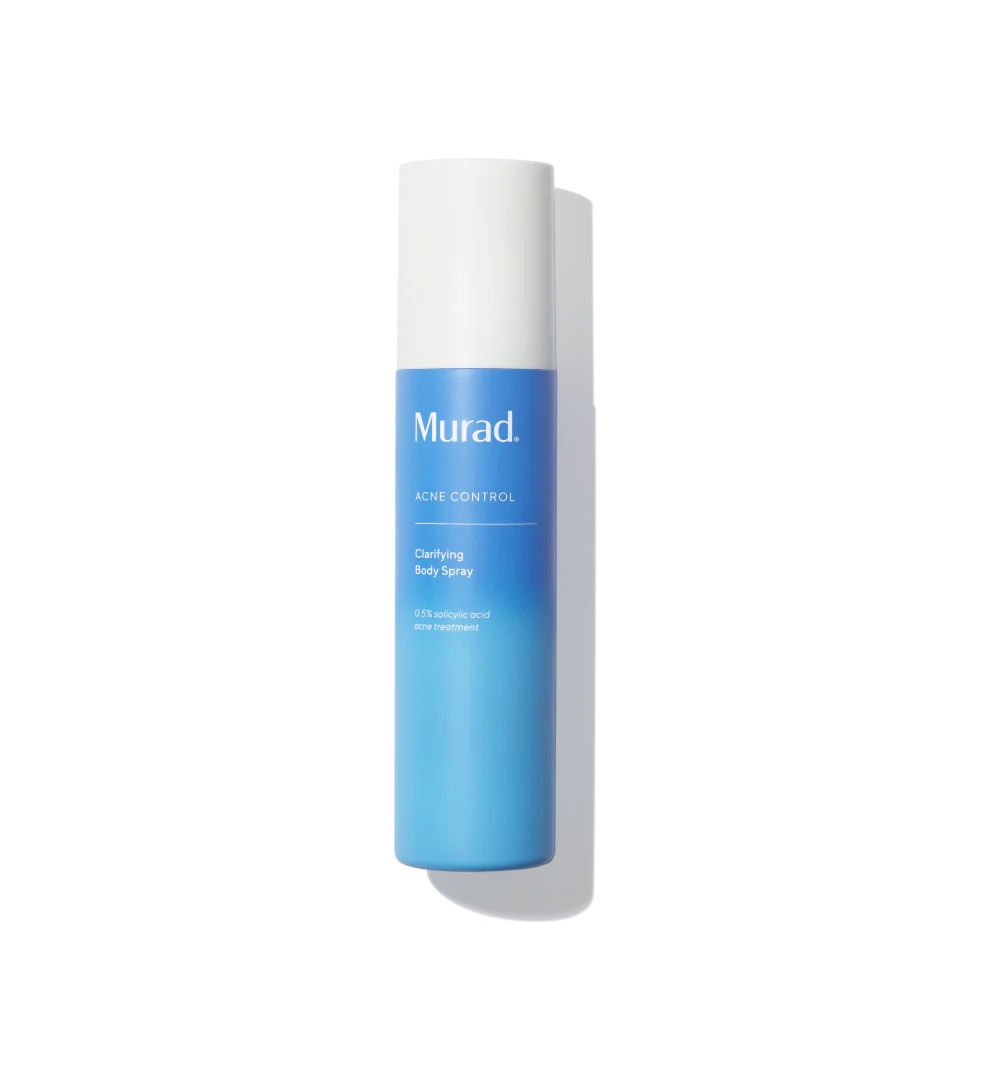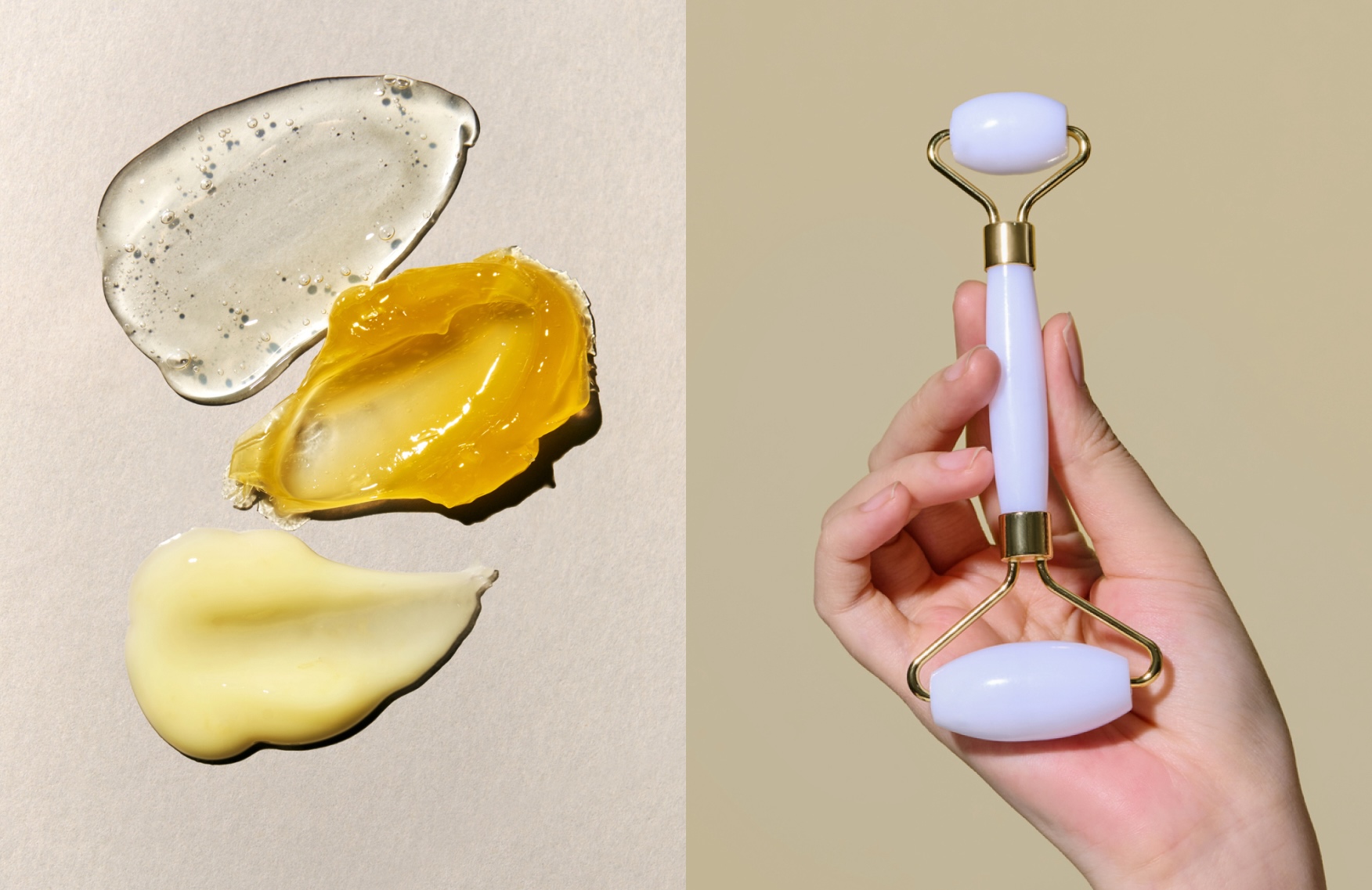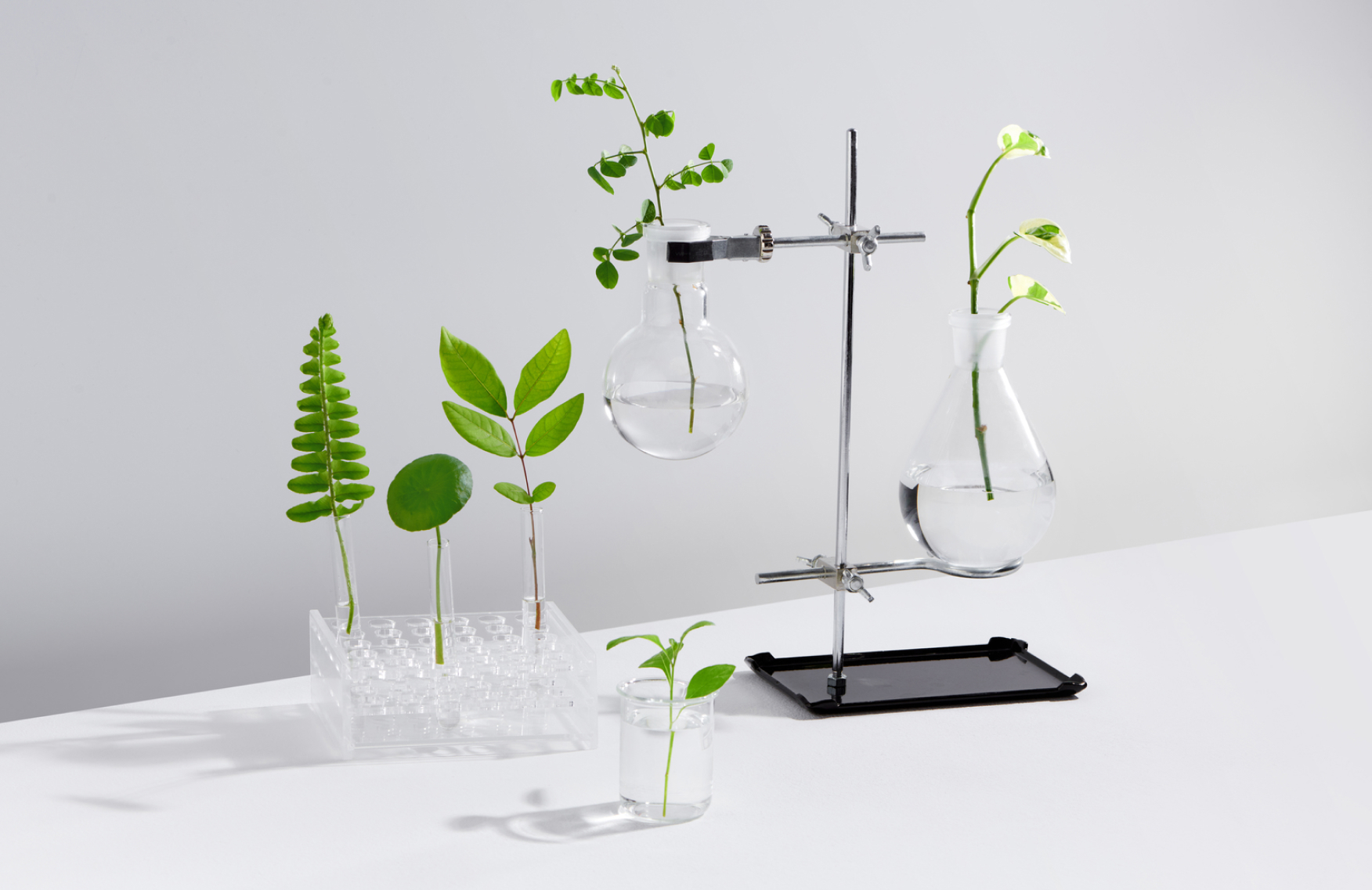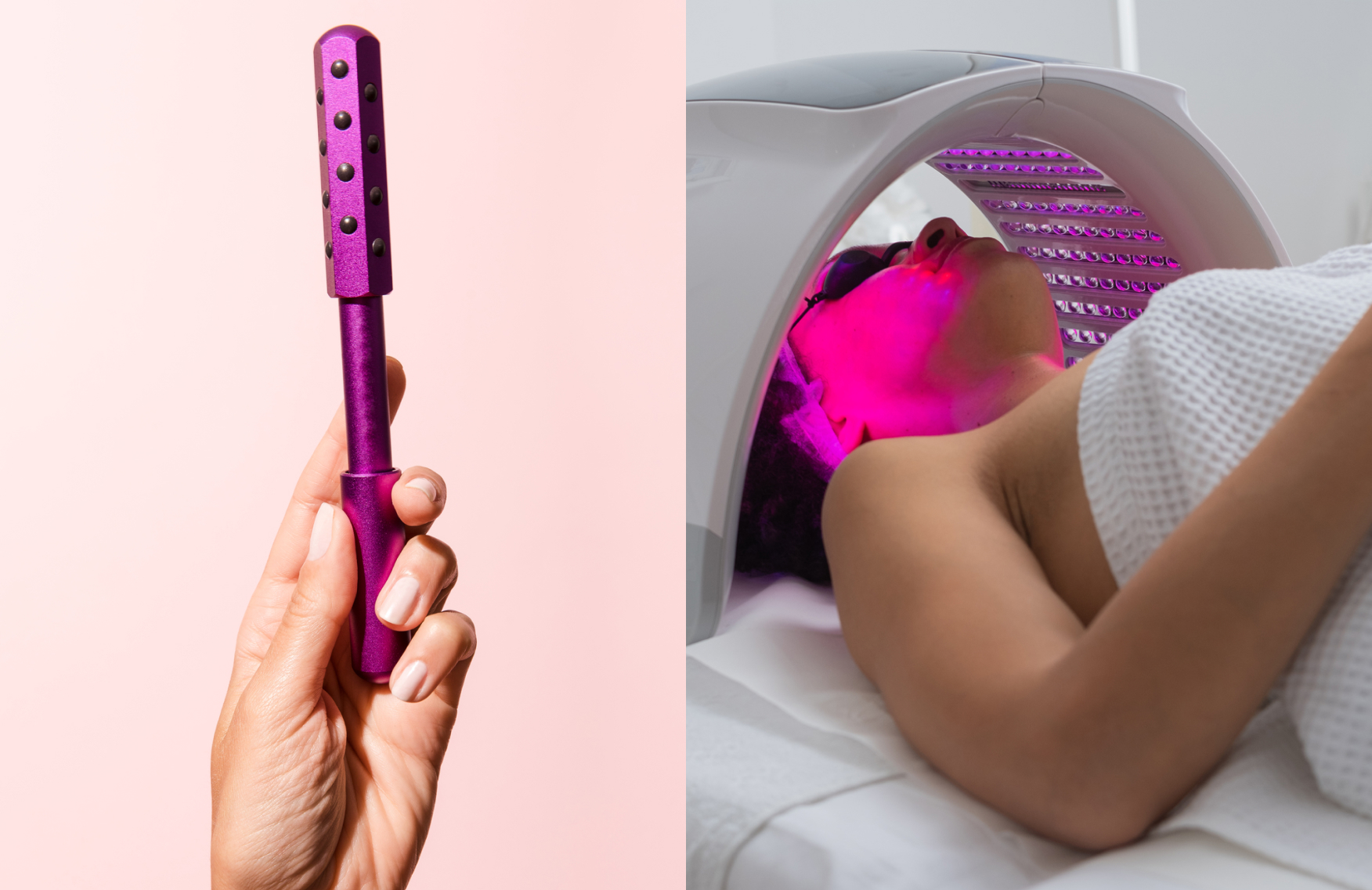Random bumps on your arms and legs? Here’s everything you need to know to treat ‘strawberry skin’
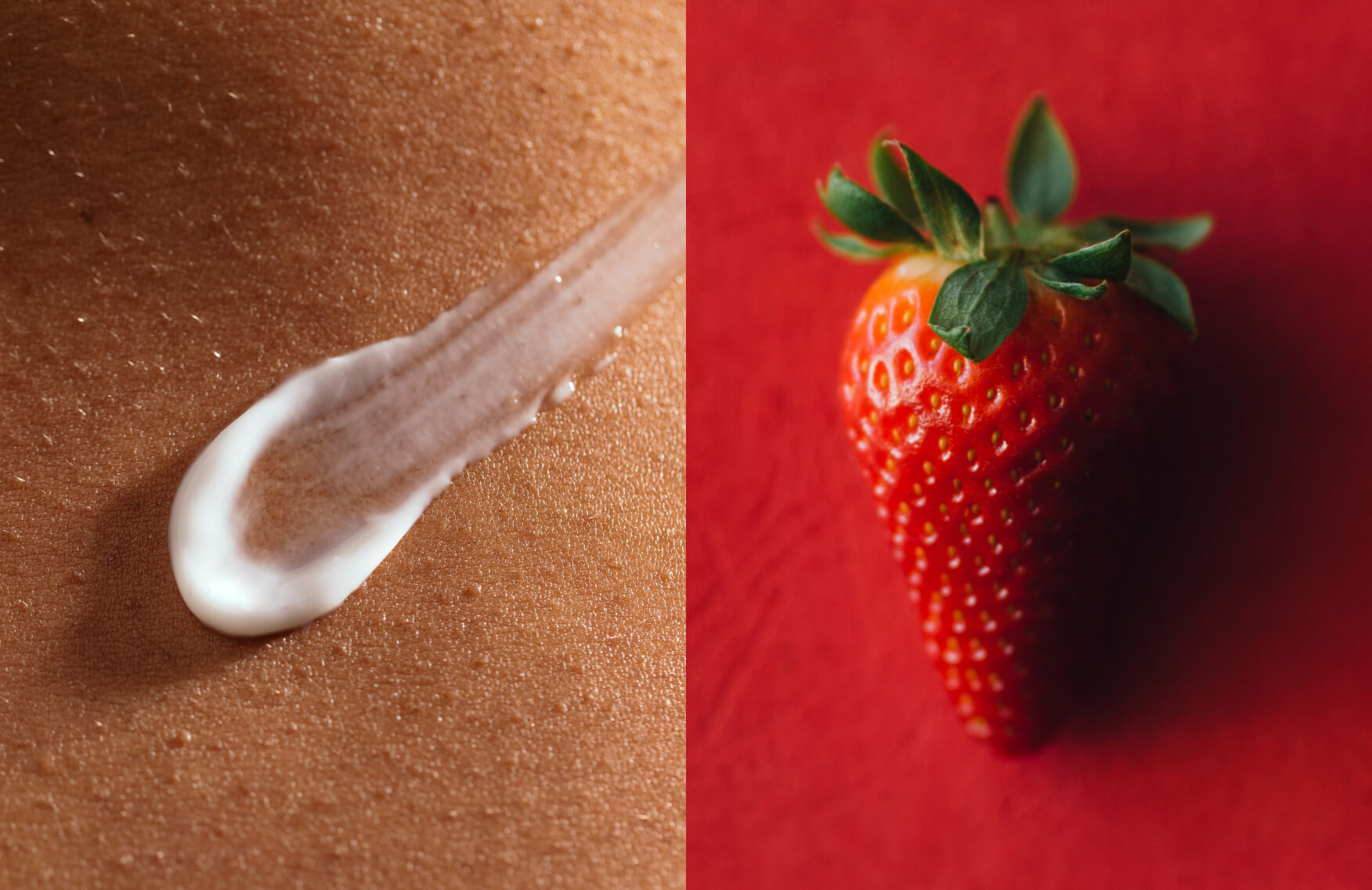
If you’ve noticed small, rough-feeling bumps on your arms and legs (or sometimes cheeks and buttocks), you are not alone. Those bumps are likely keratosis pilaris (aka KP), a common skin condition that has been nicknamed “chicken skin” for its trademark texture or “strawberry skin” for the occasional redness that occurs.
“Most patients seek consultation because they’re self-conscious about texture and appearance,” says board certified dermatologist Dr. Irene Gaile Robredo. “Others have misconceptions, believing it to be an allergic reaction or that it may be contagious.” The good news is that KP is harmless and may improve on its own over time. But if you find strawberry skin unsightly or if dryness causes bothersome itchiness or redness, here are ways to deal.
First, what exactly is keratosis pilaris?
KP occurs when the protein keratin builds up and clogs pores, which then block hair follicles and create bumps. While it typically develops in childhood or in one’s teens, it also affects up to 40% of adults, with a higher incidence among women. Studies show that KP can be genetic, but can also be exacerbated if you have dry skin or conditions, such as eczema, asthma and allergies.
Do’s and don’ts of treating KP
For alleviating symptoms or the appearance of KP, Dr. Robredo recommends the following:
1. Moisturize regularly. “Using a thick moisturizer can help soften skin and reduce roughness,” she says. When shopping for moisturizers, Dr. Robredo suggests looking for emollients containing ceramides and fatty acids.
2. Gently exfoliate. Mild exfoliation can help remove excess keratin from the skin’s surface without irritating the skin. “Exfoliants such as alpha hydroxy acids—think glycolic and lactic acids—salicylic acids and urea can improve skin texture, roughness, tone and appearance,” she adds. Retinoids, such as tretinoin, are also known to improve redness and itchiness.
3. Use mild cleansers and take short, cool baths. Bathe with lukewarm water and avoid long, hot showers. “Hot showers can strip the skin of its natural oils,” warns Dr. Robredo.
As for what to avoid, Dr. Robredo recommends refraining from picking, over-exfoliating, or using harsh scrubs and too many products at once. “These can be irritating to already dry and sensitive skin,” she says.
What are ways to combat KP flare-ups, especially during cold winter months?
To start, maintain a consistent skincare routine of moisturizing and exfoliating. “Correct use of exfoliating and moisturizing products can prevent the buildup of keratin,” says Dr. Robredo. A balanced diet and proper hydration helps as well. “A diet rich in omega-3 fatty acids and adequate water intake can support skin health,” she notes.
During colder seasons or if you live in a particularly arid climate, try investing in a humidifier. “A humidifier can help by adding moisture to the air and preventing skin dryness,” says Dr. Robredo, who also recommends wearing loose, comfortable clothing. “Tight clothing can sometimes cause friction and may exacerbate KP.”
Overall, KP can be manageable so long as you don’t neglect your skin. “While KP is harmless, ignoring it can lead to discomfort and more noticeable symptoms,” she says.
The views expressed in this article do not necessarily represent the views of Murad, and are for informational purposes only, even if the advice of physicians and medical practitioners are included. This article is not a substitute for professional medical advice, diagnosis or treatment, and should not be considered specific medical advice.
References for this information:
American Academy of Dermatology Association
Biospace, June 24, 2021
